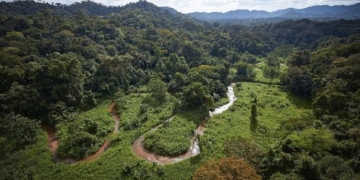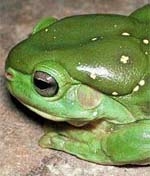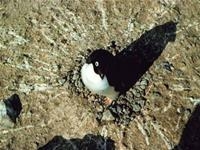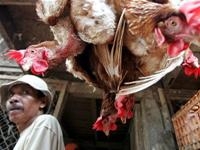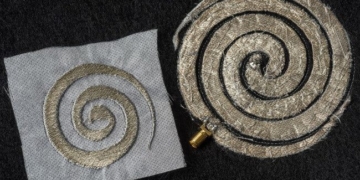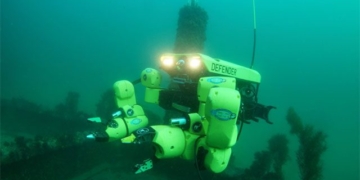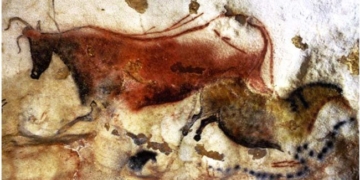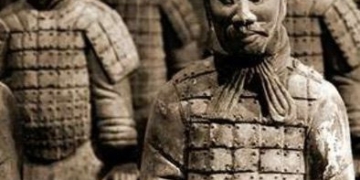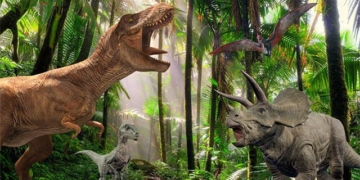The world of biology is full of wonders and surprises that can astound even the most knowledgeable individuals.
Shocking Facts About Animals You May Not Know
- 1. Some species of turtles breathe through their anus
- 2. Tropical butterflies drink crocodile tears
- 3. Pangolins walk on two legs
- 4. Woodpecker tongues are long enough to wrap around their skulls
- 5. Thick spines in a camel’s mouth allow it to chew cacti
- 6. When threatened, fawns instinctively lie still in the grass
- 7. Sperm whales only have teeth in their lower jaw
- 8. Vultures primarily eat bones
- 9. Crocodiles can swallow stones
1. Some species of turtles breathe through their anus
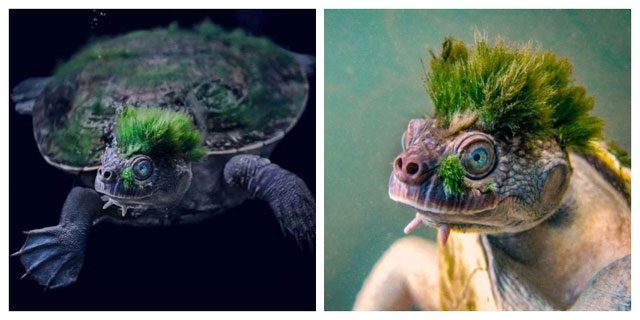
Underwater, certain turtle species can breathe through their soft oral cavity, preventing them from surfacing for air during hibernation. Additionally, they utilize a specialized cloacal breathing method. After prolonged periods underwater, some turtles even develop significant algae growth on their bodies.
2. Tropical butterflies drink crocodile tears
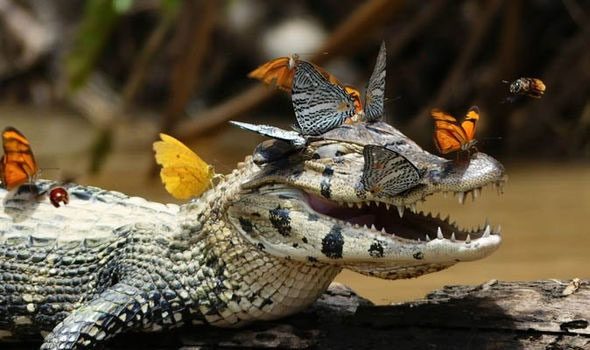
In December 2013, passengers on a boat on the Puerto Viejo River in Costa Rica witnessed a bizarre scene: a Julia butterfly and a bee drinking water from a caiman’s tears for over 15 minutes.
In fact, many insect species, including moths, butterflies, and bees, are known to consume tears, often from mammals and sometimes even from humans.
Insects seem to do this to absorb nutrients and minerals. Sodium and certain trace elements are often scarce in nature, and butterflies and nectar-feeding bees do not get much salt. However, they still require salt for egg production and metabolism.
3. Pangolins walk on two legs
When it comes to pangolins, most people may only know that they are protected animals with a seemingly impenetrable armor. However, there is much more mystery surrounding pangolins.
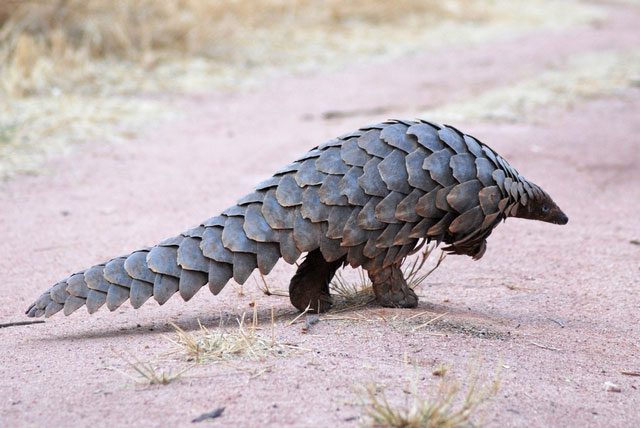
Pangolins typically have a gestation period of 69-150 days and give birth to only one offspring at a time. The newborn pangolin emerges with relatively soft scales, but these harden quickly over time.
Baby pangolins are usually weaned at about three months of age, although they start eating ants and termites around one month. They often cling to their mother’s back while foraging.
Pangolins are the only mammals with scales, which constitute about 20% of their body weight. They also possess keen olfactory senses, strong claws, and despite lacking teeth, they consume up to 70 million ants or termites each year using their long, sticky tongue.
The most fascinating aspect is that they can walk on two legs like humans. When walking on their hind legs, their forelimbs and tail remain still to maintain balance.
4. Woodpecker tongues are long enough to wrap around their skulls
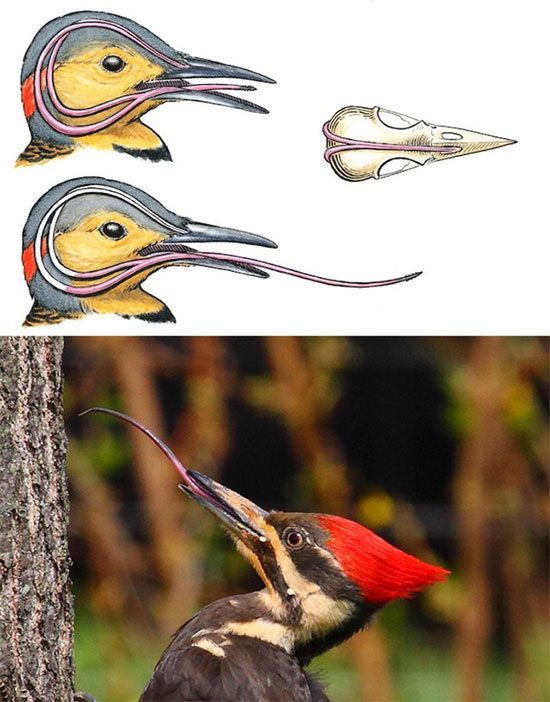
Woodpeckers use their hard beaks to drill and tap into tree trunks, while their long, sticky tongues are used to extract food (insects and larvae). The beaks of woodpeckers are generally longer, sharper, and stronger than those of other birds.
The most remarkable feature of this bird is its tongue, which wraps around the skull through a special cavity to cushion the brain. Together, this structure helps the beak absorb mechanical pressure. Additionally, their long, sticky tongue is covered in bristles that help the bird catch insects from deep within tree hollows.
5. Thick spines in a camel’s mouth allow it to chew cacti
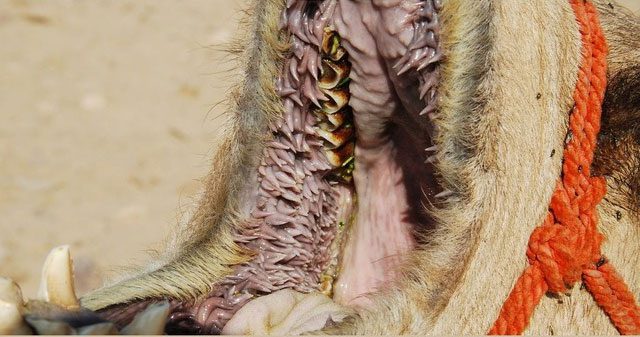
Cameleons are often referred to as the “ships of the desert” and have a domestication history of over 3,000 years. They can carry up to 180 kg of cargo on their backs and travel dozens of kilometers each day. Their bodies are designed to adapt to the harsh desert conditions, including a mouth capable of chewing cacti.
The tough and flexible lips of camels maneuver over food, with the upper lip split to reach food sources more easily. As a result, they can chew and swallow spiky cacti gently. All of this relates to the high conical structure in their mouths. They can also direct the flow of food in one direction, allowing it to slide down their throats. Moreover, the camel’s rotating chewing motion helps distribute pressure from the cactus.
6. When threatened, fawns instinctively lie still in the grass
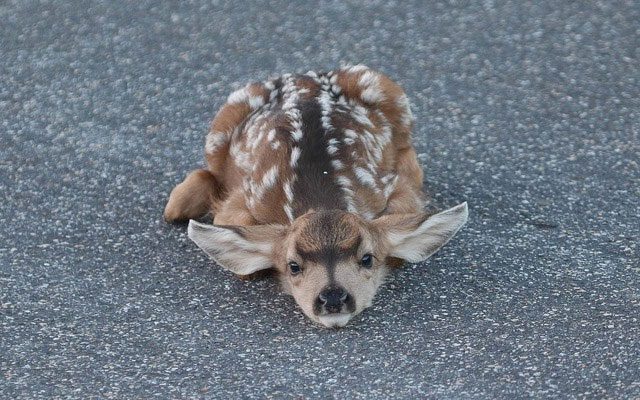
When threatened, fawns can instinctively lie down in the grass and remain motionless even when their mothers are not nearby. Additionally, fawns have almost no smell, which truly helps them hide from predators. As they grow and mature, their escape skills become more complex; besides standing still, they will jump up and run away. When the deer is stronger, it will follow its mother as she forages for food. Interestingly, they sometimes do this in areas with human civilization, still believing they are in a well-hidden spot.
7. Sperm whales only have teeth in their lower jaw
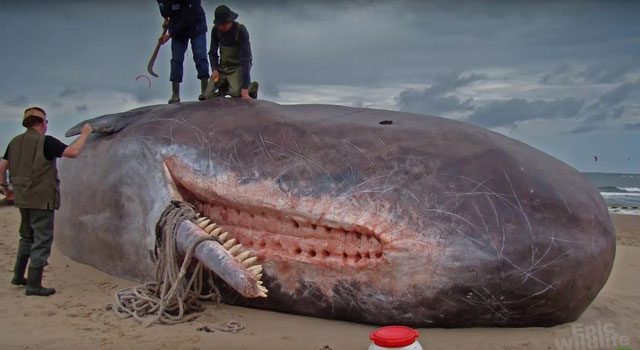
In sperm whales, teeth only grow in the lower jaw. The lower jaw of sperm whales is very narrow and often droops. They have 18 to 26 teeth on each side of the lower jaw, which fit into sockets in the upper jaw. The teeth are conical and weigh about 1 kg each.
8. Vultures primarily eat bones
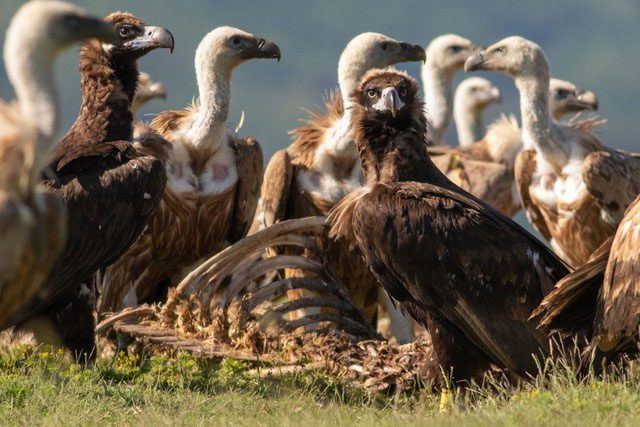
The diet of vultures consists of 70-90% bones. They can swallow the vertebrae of large mammals and digest them within 24 hours.
9. Crocodiles can swallow stones
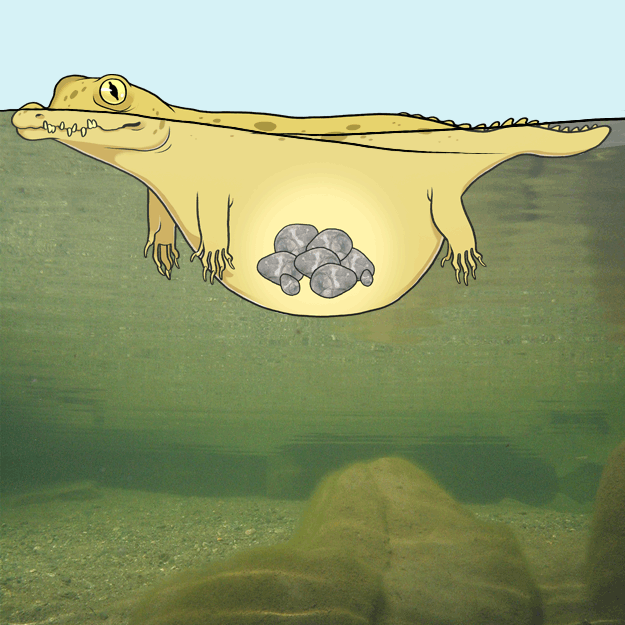
Stones and other foreign objects are often found in the stomachs of crocodiles. According to one hypothesis, crocodiles swallow them to help grind food, while another theory suggests that they do so to increase weight and speed of sinking. However, there is no clear explanation for this phenomenon.

